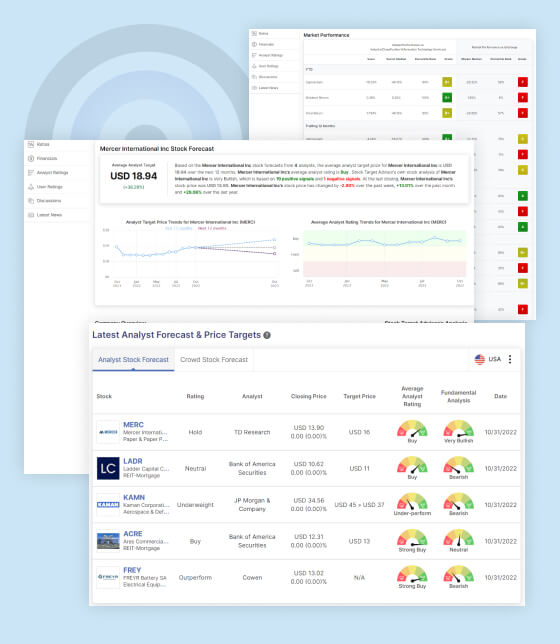Since the 2008 financial crisis, insurance companies have significantly increased the frequency of policy cancellations, driven by a combination of financial, regulatory, and risk management factors. This trend has raised concerns among consumers and policymakers about the stability of coverage for individuals and businesses. Below are key reasons behind this development:
1. Tighter Underwriting Standards
The financial crisis underscored the importance of risk management for insurers. To mitigate losses, companies have adopted stricter underwriting standards, leading to the cancellation of policies deemed too risky or unprofitable. This includes policies in high-risk geographic areas or for customers with poor claims histories.
2. Rising Claims Costs
The increasing frequency and severity of natural disasters, along with rising medical costs, have strained insurers’ balance sheets. To manage these expenses, companies have resorted to canceling policies in regions prone to hurricanes, wildfires, or other catastrophes.
3. Regulatory Changes
Post-2008, regulatory frameworks like Solvency II in Europe and stricter oversight in the U.S. have required insurers to maintain higher capital reserves. This has prompted companies to re-evaluate their portfolios, leading to the discontinuation of policies that do not align with their risk tolerance.
4. Fraud Prevention
Insurers have increased efforts to combat fraud, which has led to the cancellation of policies suspected of misuse or false claims. Advanced analytics and AI have made it easier for companies to identify potentially fraudulent activity and take action.
5. Economic Pressures
In a volatile economic environment, insurers are more cautious about maintaining exposure to sectors or individuals with heightened financial risks. This includes businesses in struggling industries or individuals with declining creditworthiness.
6. Shift to Profit-Driven Models
Many insurance companies have shifted focus toward profitability over growth, concentrating on policies with higher margins. This strategic pivot has resulted in the termination of less profitable or loss-generating accounts.
Impacts on Consumers and Businesses
- Increased Premiums: Policyholders often face higher premiums to secure or renew coverage, as insurers adjust pricing to account for heightened risks.
- Coverage Gaps: Sudden cancellations can leave individuals and businesses uninsured, exposing them to significant financial risks.
- Market Concentration: In some regions, fewer insurers are willing to offer coverage, reducing competition and choice for consumers.
Insurance Companies
- Intact Financial Corporation: Intact reduced coverage in flood and wildfire-prone areas.
- Aviva Canada: Tightened criteria and exited high-risk auto and property markets.
- The Co-operators: Limited policies in disaster-prone regions.
- Desjardins Insurance: Canceled policies for high-risk drivers in provinces like Ontario.
- Economical Insurance: Declined renewals for businesses in high-liability industries.
- Northbridge Insurance: Tightened underwriting in sectors like manufacturing and energy.
- Wawanesa Insurance: Withdrew from rural areas prone to wildfires and floods.
- Lloyd’s of London (Canada): Lloyds scaled back specialty offerings like cyber insurance.
- State Farm: Ceased offering new homeowner policies in California due to wildfire risks and rising construction costs.
- Allstate: Allstate stopped writing new policies in California and limited exposure in other disaster-prone states like Florida and Louisiana.
- Farmers Insurance: Pulled back on policies in states prone to hurricanes and wildfires, citing high claim costs.
- Nationwide: Adjusted coverage in flood-prone regions and limited policies for high-risk properties.
- Progressive: Increased non-renewals for high-risk drivers and tightened underwriting criteria.
- USAA: Scaled back offerings in areas with high natural disaster exposure, impacting military families.
- American International Group (AIG): Canceled high-value property policies in vulnerable coastal areas.
- Liberty Mutual: Limited business in regions affected by frequent storms and natural disasters.
Moving Forward
Policymakers and industry leaders are working to address these challenges. Potential solutions include incentivizing insurers to remain in high-risk markets, expanding government-backed reinsurance programs, and improving consumer protections against unexpected cancellations.
While the trend reflects insurers’ efforts to adapt to a more complex risk environment, it underscores the need for a balanced approach that ensures stability for policyholders and the industry alike.

STA Research (StockTargetAdvisor.com) is a independent Investment Research company that specializes in stock forecasting and analysis with integrated AI, based on our platform stocktargetadvisor.com, EST 2007.





































